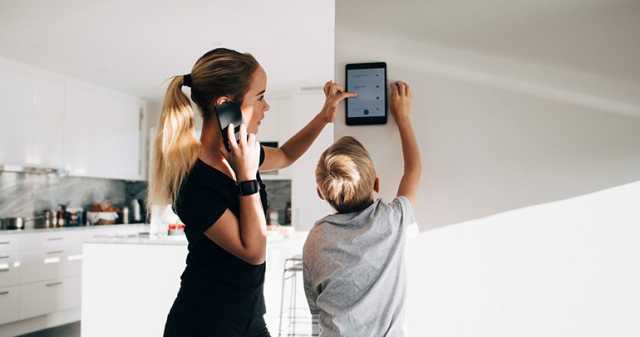In today's fast-paced world, the concept of a smart home is no longer a distant dream but a tangible reality. With the increasing demand for energy efficiency and cost-saving solutions, smart home devices that save electricity have become a necessity for both homeowners and businesses. These innovative devices not only promise convenience but also significant savings on electricity bills.
As the technology landscape evolves, these devices are becoming more accessible and affordable. The integration of smart home devices into our daily lives is reshaping the way we consume and conserve energy. In this article, we'll explore how these devices are transforming homes and businesses, offering practical solutions for reducing electricity consumption.

Why Are Smart Home Devices Essential for Energy Efficiency?
Smart home devices play a crucial role in enhancing energy efficiency. By automating and optimizing the use of electrical appliances, these devices help reduce energy wastage. They provide real-time data and insights into energy consumption, allowing homeowners and businesses to make informed decisions about their energy usage.
One of the significant advantages of smart home technology is its ability to learn and adapt to user behavior. For instance, smart thermostats can adjust the temperature based on your daily routine, ensuring that energy is not wasted on heating or cooling an empty home. This adaptability not only enhances comfort but also leads to substantial energy savings.
Top Smart Home Devices for Saving Electricity
When it comes to saving electricity, certain smart home devices stand out. Here are some of the most effective devices that can help reduce energy consumption:
- Smart Thermostats: These devices learn your schedule and preferences, adjusting the temperature accordingly. This ensures optimal energy use, reducing heating and cooling costs.
- Smart Lighting: With features like motion detection and remote control, smart lighting systems minimize unnecessary energy use. You can automate lighting schedules and control lights remotely, ensuring they're only on when needed.
- Smart Plugs: These nifty devices allow you to control any appliance that plugs into an outlet. You can schedule appliances to turn off when not in use, preventing energy wastage.
- Smart Power Strips: These power strips can detect when a device is in standby mode and cut off power supply, reducing phantom loads that can add up over time.

How to Integrate Smart Home Devices for Maximum Savings
Integrating smart home devices requires careful planning and consideration. Start by identifying areas in your home where energy consumption is highest. This could be heating, cooling, or lighting. Once you have a clear understanding of your energy use, you can select the appropriate smart devices to address these needs.
For those new to smart technology, check out this installation checklist to ensure a seamless setup. Additionally, articles like how to expand your system and pros and cons can provide valuable insights.
The Future of Smart Homes
The future of smart homes is promising, with continuous advancements in technology. As new devices and systems are developed, the potential for energy savings will only increase. Innovations such as AI-driven home automation and improved connectivity are set to revolutionize the way we manage our homes.
For businesses, the transition to smart technology can lead to significant cost savings and improved operational efficiency. By adopting smart energy management systems, businesses can monitor and control their energy use, ensuring sustainability and cost-effectiveness.
FAQs
1. How much can I save by using smart home devices?
The savings depend on various factors, including the devices used and the size of your home. On average, homeowners can save between 10-30% on their electricity bills with the right smart devices.
2. Are smart home devices difficult to install?
Most smart devices are designed for easy installation. However, for a comprehensive setup, you may want to consult a professional or refer to a detailed installation guide.
3. Can smart home devices work with my existing appliances?
Yes, many smart devices are compatible with existing appliances. Smart plugs and power strips, for instance, can be used with any standard appliance to enhance energy efficiency.

